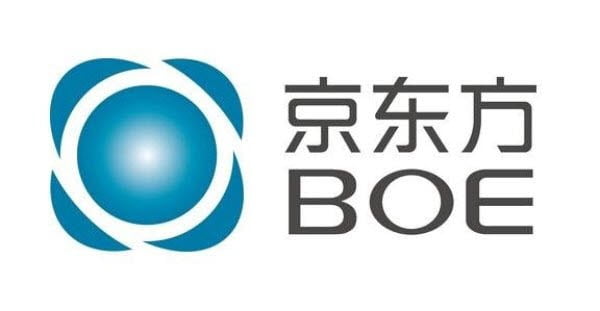BOE of China to supply 6.1-inch’iPhone 12′ OLED panel
Apple’s monopoly on Samsung and LG’s’Yanggang composition’ breaks
IPhone 13 series may also supply some of the lower 2 types

In November of last year, customers who came to buy the’iPhone 12′ at the Apple Store in Garosu-gil, Gangnam-gu, Seoul are crowded./Photo = News 1
BOE, the largest display maker in China, broke the monopoly of Korean makers for the Apple iPhone panel after several challenges. BOE is the No. 1 company in the liquid crystal display (LCD) market thanks to the full support of the Chinese government.
According to the display industry and foreign press on the 20th, BOE is known to start supplying the 6.1-inch flexible organic light-emitting diode (OLED) to Apple this week as early as this week. This is the first case that a panel of a Chinese company is mounted on an iPhone.
Apple has increased the adoption rate of OLED displays starting with’iPhone X’in 2017. While Samsung Display has been supplying OLED panels with virtual monopoly in effect, LG Display also put OLED panels in the’iPhone 11 Pro’ in 2019.
In the case of the iPhone 12 series, Samsung Display supplied OLED panels to the 5.4-inch iPhone 12 mini, 6.1-inch Pro, and 6.7-inch Pro Max, and LG Display supplied the OLED panels to the 6.1-inch iPhone 12, but the new entry of BOE broke the monopoly of Korean companies. .
BOE has been working tirelessly in recent years to get past Apple’s threshold. As a result, BOE, which has acquired the status of Apple’s OLED panel supplier since 2019, has built a dedicated line and made large-scale investments, but it has not exceeded the approval process such as Apple’s quality test, and has been touted several times.
BOE challenged the supply of iPhone 12 panels with the 6th generation flexible OLED fab’B7′ in Sichuan Province, China, which supplies panels to Chinese companies such as Huawei in the third quarter of last year, but was finally eliminated.
It is reported that BOE received final approval for panel supply from Apple at the end of December last year and prepared for delivery. According to the information technology (IT) media’Gizmo China’, BOE made the panel in B7, which has a relatively high yield, and the module chose a method using the B11 fab with a dedicated line for Apple.

It is believed that BOE’s allocation to iPhone 12 is a small amount, including models used for refurbishment (repair). Nevertheless, the domestic display industry is in an atmosphere that the BOE cannot slow down the tension itself as it entered the supply chain after passing through Apple’s test, which is rumored to be very demanding. An industry official said, “In the small and medium-sized OLED sector, the technology gap with Chinese companies such as yield is still large,” and “It is a state that internally recognizes that the pursuit is very strong.”
In fact, the market share gap between domestic and Chinese companies is still very large. According to market research firm Omdia, the market share (based on sales) of domestic companies including Samsung Display, which was the dominant leader in the small and medium-sized OLED market last year, was 84.9%. This is a figure that far exceeds competitors such as China (14.1%) and Japan (0.6%).
However, some predict that BOE will increase the number of panel suppliers to global smartphone manufacturers, including Samsung Electronics, based on Apple’s delivery. In particular, it is known that there is a possibility that some BOE panels will be installed in the’iPhone 13 (tentative name)’ series that Apple will release this fall.
Apple is planning to mount a touch-integrated OLED panel with a screen refresh rate of 120 Hz for the first time in two top models of the iPhone 13 series. A high refresh rate can smoothly express a dynamic screen, but it has the disadvantage of high power consumption. For this purpose, it is known that Apple will use a panel equipped with low-temperature polycrystalline oxide (LTPO)-thin film transistor (TFT) technology, which has good power consumption, and all the panels are reportedly supplied by domestic companies.
On the other hand, the two sub-models of the iPhone 13 are equipped with a low-temperature polysilicon (LTPS)-based panel at the same 60Hz screen refresh rate as the existing iPhone, and BOE is expected to supply some quantities. According to the industry, the four iPhone 13 series are known to be composed of a 5.4 inch mini, a 6.1 inch base, a 6.1 inch pro, and a 6.7 inch pro max (all tentatively) similar to the iPhone 12 series.
Seongsu Bae, reporter Hankyung.com [email protected]
